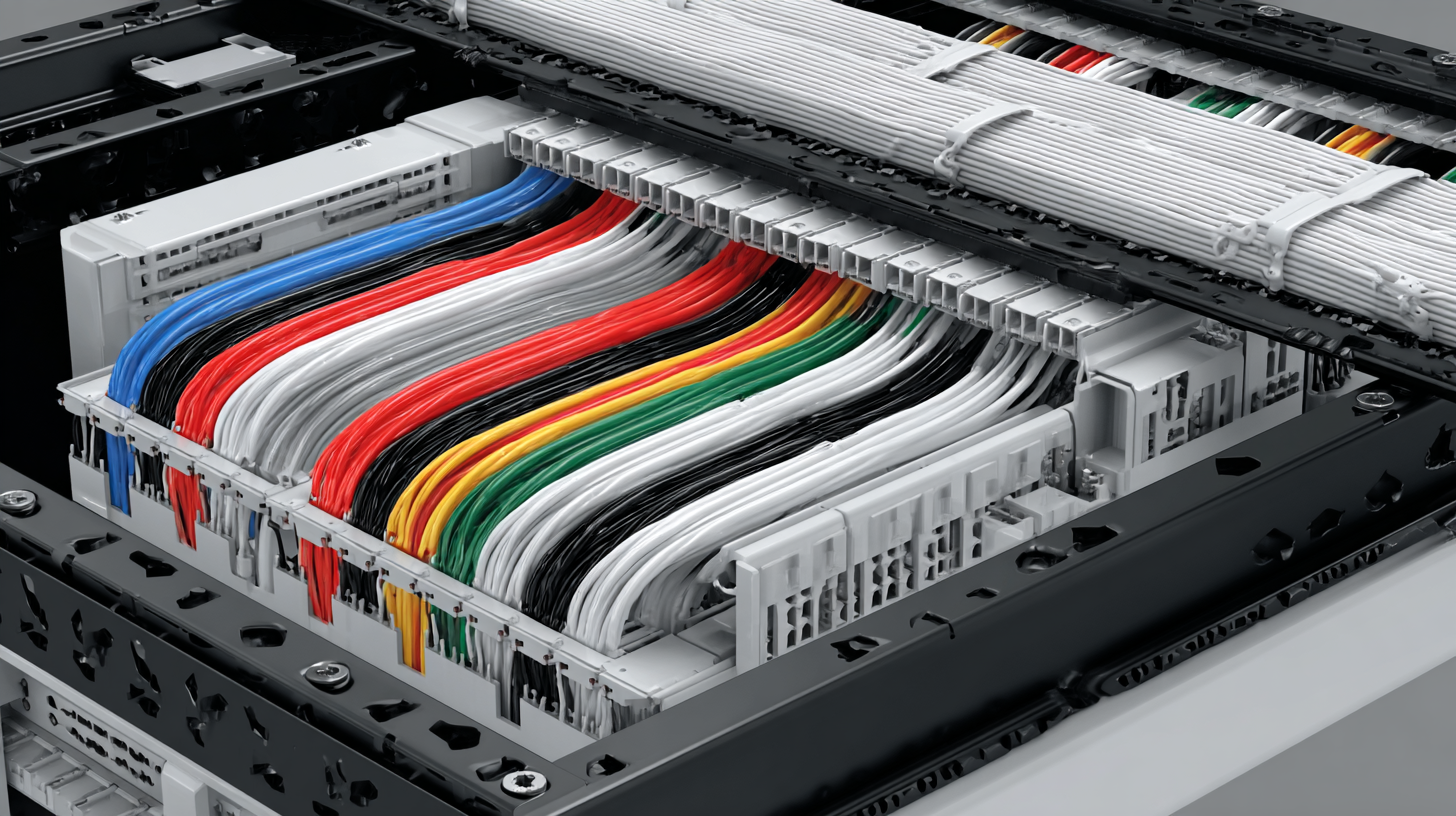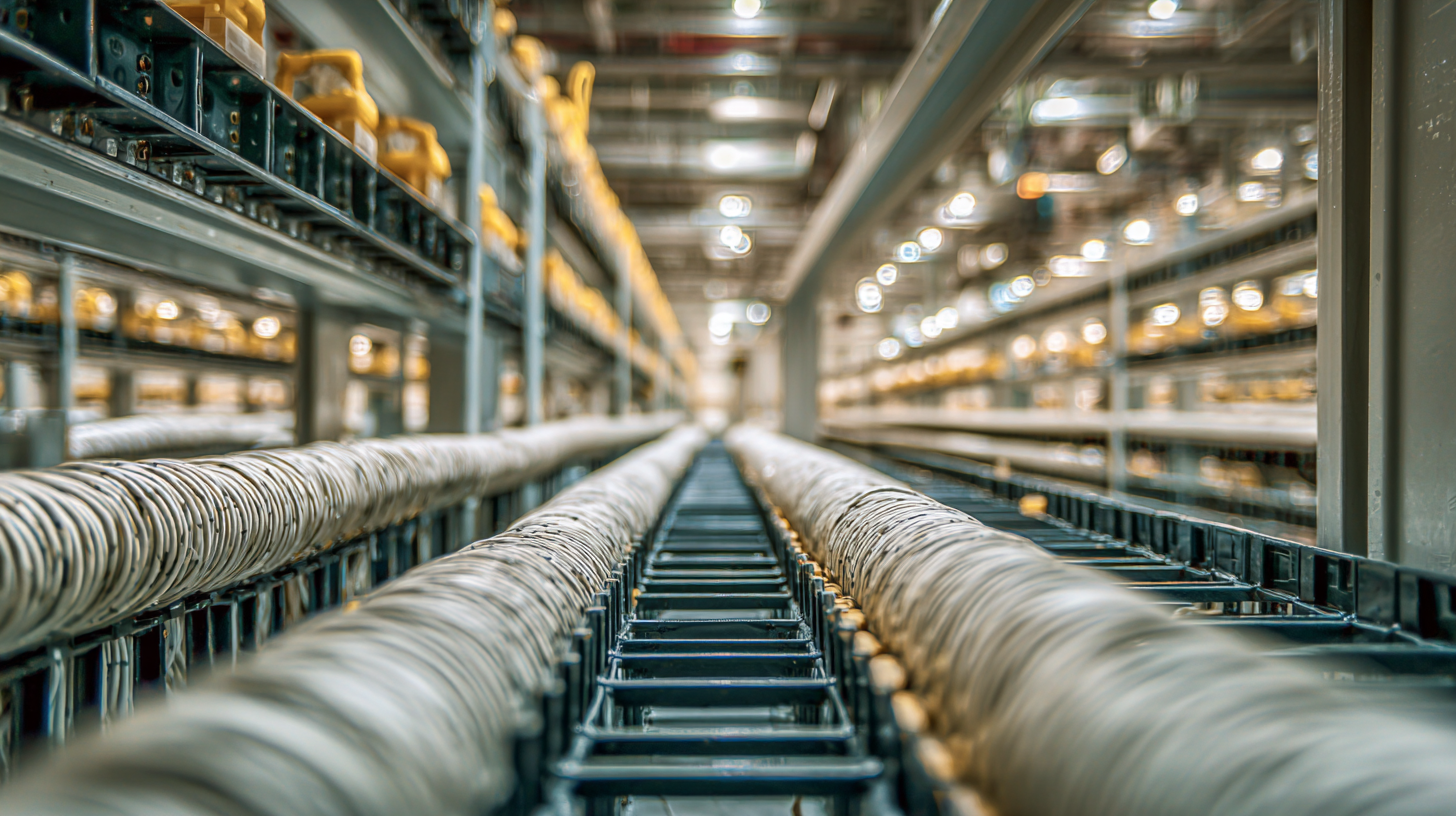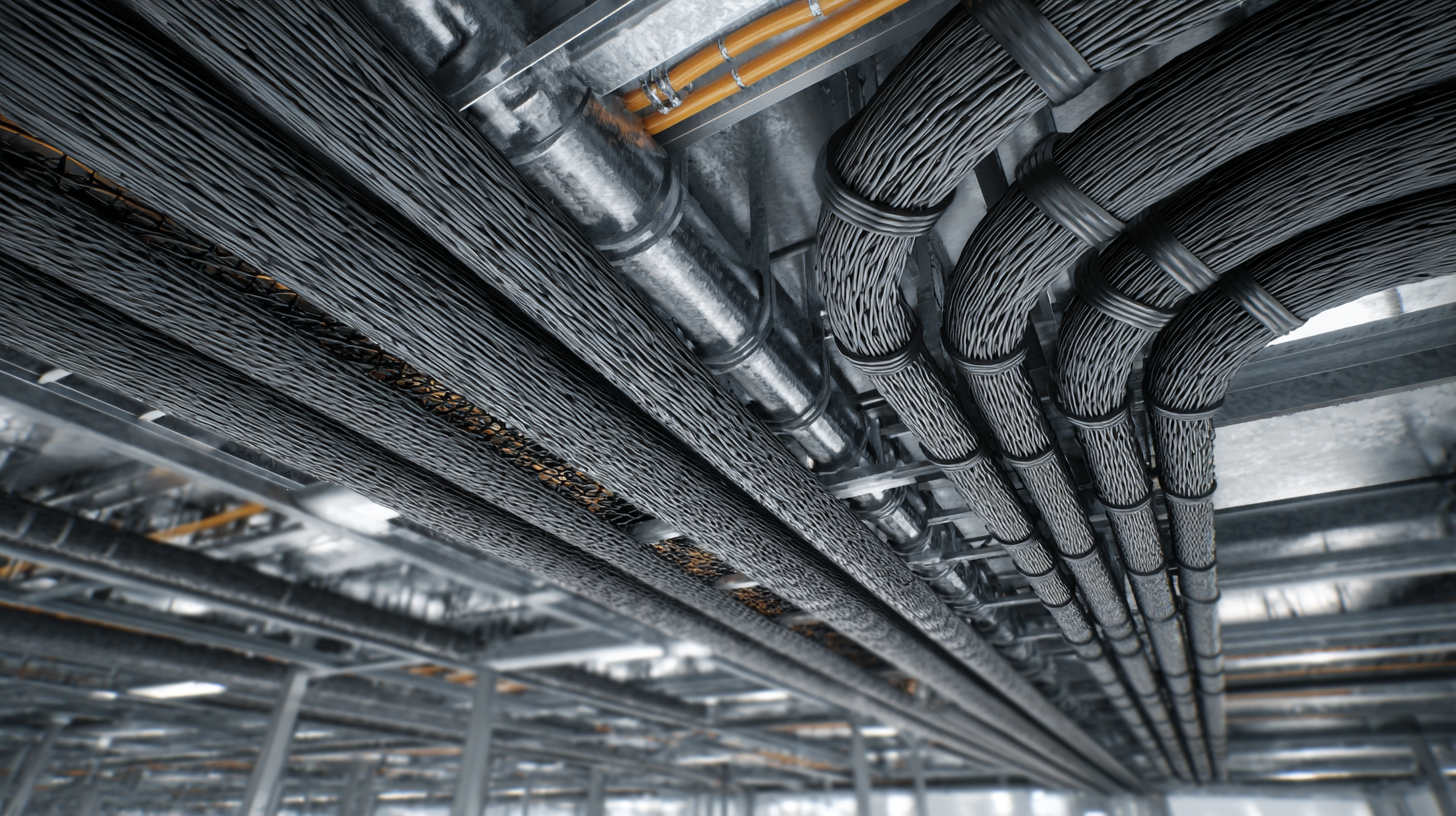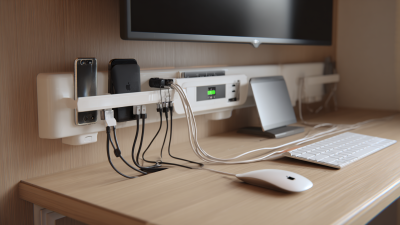Maximizing Efficiency: How Electric Cable Ducts Improve Cable Management and Reduce Risks in Modern Infrastructure
In today's rapidly evolving infrastructure landscape, effective cable management is crucial for optimizing operational efficiency and minimizing risks. Electric cable ducts play an essential role in this process, providing a dedicated pathway for organizing and protecting electrical cables within buildings and outdoor settings. By utilizing electric cable ducts, organizations can significantly reduce the likelihood of cable damage, enhance safety measures, and streamline maintenance procedures. This guide will explore various strategies for maximizing efficiency through the implementation of electric cable ducts, highlighting their benefits in reducing potential hazards associated with disorganized cabling systems.

From improved accessibility for repairs to better heat dissipation, understanding how electric cable ducts contribute to overall infrastructure integrity is vital for modern facility management. Let us delve into the practical approaches that can elevate cable management standards and ensure a safer, more efficient environment.
Understanding the Importance of Electric Cable Ducts in Modern Infrastructure
Electric cable ducts play a crucial role in modern infrastructure by facilitating efficient cable management and minimizing potential risks. According to a report by the International Electrotechnical Commission, the global market for cable management solutions is projected to reach $10 billion by 2025, reflecting the increasing emphasis on structured cabling systems. By utilizing electric cable ducts, organizations can streamline their wiring systems, leading to reduced clutter and improved accessibility for maintenance and upgrades.
The importance of electric cable ducts extends beyond mere organization; they also enhance safety and reliability. The National Fire Protection Association highlights that poorly managed electrical systems are a leading cause of workplace fires. By enclosing cables within ducts, the risk of strain, damage, and fire hazards is significantly reduced. Moreover, the use of fire-resistant materials in cable duct construction can further mitigate these risks, contributing to safer environments across various sectors, including commercial buildings and industrial facilities. As infrastructures evolve, the adoption of electric cable ducts will be essential for ensuring safety and operational efficiency.
Key Benefits of Efficient Cable Management Systems
Efficient cable management systems are essential for modern infrastructure, as they streamline the organization of electrical cables while minimizing risks. Electric cable ducts play a pivotal role in this process, enabling a neat, organized approach to cable routing. By providing designated pathways, these ducts prevent tangling and overcrowding, which can lead to potential hazards like overheating or electrical malfunctions.

Moreover, the use of cable ducts enhances safety and compliance with regulatory standards. By protecting cables from environmental factors and physical damage, duct systems ensure the longevity and reliability of the electrical components. These systems also facilitate easier maintenance and upgrades, allowing for efficient troubleshooting and reduced downtime. With clear visibility and access to cabling, facility managers can quickly identify issues, making proactive repairs and adjustments without disrupting overall operations.
Step-by-Step Guide to Installing Electric Cable Ducts
Installing electric cable ducts is a vital step toward enhancing cable management in modern infrastructure. The first step in the process is planning the layout. Begin by assessing the area where the ducts will be installed, marking out where cables will run. It’s essential to consider the type and number of cables, as well as any potential obstacles that may require adjustments in the path. This initial planning ensures that the ducts accommodate current needs and future expansions.
Once the layout is finalized, the next step is to prepare the installation site. This involves clearing any debris and ensuring that the surface is level. Next, you can begin laying the duct systems, starting from the entry point and working towards the termination point. Use connectors to secure sections together, ensuring that all joints are tight to prevent any accidental disconnections. After placement, cover the ducts securely to protect against dust and damage, completing the installation. By following these steps, you will maximize efficiency and improve safety in your cable management system, significantly reducing risks associated with cable handling and environmental factors.

Best Practices for Maintaining and Organizing Cable Ducts
Maintaining and organizing cable ducts is crucial for ensuring efficiency and safety in modern infrastructure. According to a report by IBISWorld, the global cable management systems market is projected to reach $3 billion by 2025, underlining the growing demand for effective cable management solutions. One best practice for maintaining cable ducts is regular inspection and cleaning. Dust and debris can accumulate over time, increasing the risk of overheating and equipment failure. The National Fire Protection Association (NFPA) highlights that proper maintenance can reduce fire hazards associated with cables, a vital consideration for any infrastructure.
Another important aspect is the optimization of cable layout within ducts. Utilizing color-coded cables and proper labeling not only enhances visibility but also streamlines maintenance efforts. A survey conducted by Siemens found that companies implementing systematic cable management practices reported up to a 30% decrease in downtime during maintenance activities. Furthermore, categorizing cables based on function and frequency of use minimizes confusion and ensures quick access during emergency repairs, thereby further reducing risks within the infrastructure. Adopting these best practices can significantly elevate the overall operational efficiency of any facility.
Maximizing Efficiency: Cable Management in Modern Infrastructure
This bar chart illustrates the positive impact of electric cable ducts on various aspects of cable management in modern infrastructure, highlighting improvements in accessibility, safety, and cost savings.
Risk Mitigation Strategies Through Improved Cable Management
Effective cable management is crucial for enhancing the safety and reliability of modern infrastructure. Electric cable ducts serve as an essential tool in this strategy by organizing and protecting cables from damage and environmental factors. By providing a dedicated pathway for cables, duct systems minimize the risk of accidental disconnections, overheating, and physical damage. This systematic arrangement not only promotes safe operation but also facilitates maintenance tasks, as technicians can easily access and identify cable routes, reducing the chances of mishaps during inspections or repairs.
Moreover, proper cable management within ducts significantly lowers the risk of electrical hazards. When cables are tangled or improperly housed, they can lead to short circuits or fires, especially in high-density installations. By utilizing electric cable ducts, organizations can implement effective risk mitigation strategies, ensuring that cables are securely housed and that their insulation does not degrade due to exposure to external elements. This approach not only enhances the lifespan of the cables but also contributes to a safer working environment, ultimately supporting uninterrupted service in critical infrastructure systems.
Maximizing Efficiency: How Electric Cable Ducts Improve Cable Management and Reduce Risks in Modern Infrastructure
| Dimension | Description | Impact on Efficiency | Risk Mitigation Strategy |
|---|---|---|---|
| Cable Duct Material | Durable materials that ensure longevity and low maintenance | Reduced downtime due to less frequent replacements | Using high-quality materials |
| Duct Design | Ergonomic designs that facilitate easy access and airflow | Enhanced cooling for electrical systems | Incorporating ventilation systems |
| Installation Techniques | Best practices for laying and securing cables | Minimized risk of cable damage during installation | Training for installation personnel |
| Maintenance Procedures | Regular checks and service schedules | Increased reliability and system uptime | Scheduled maintenance program |
| Cable Organization | Methods like labeling and routing for clarity | Faster identification and troubleshooting of issues | Implementing color coding and labeling systems |
Related Posts
-

Maximizing Electrical Safety: The Essential Role of Cable Ducts in Modern Infrastructure
-

Revolutionize Your Workspace: Unleashing the Power of Innovative Cable Holders
-

The Ultimate Guide to Effective Cable Management Strategies for a Tidy Workspace
-

10 Essential Tips for Installing Electric Cable Ducts Safely and Effectively

